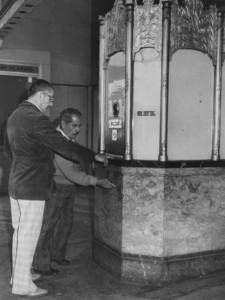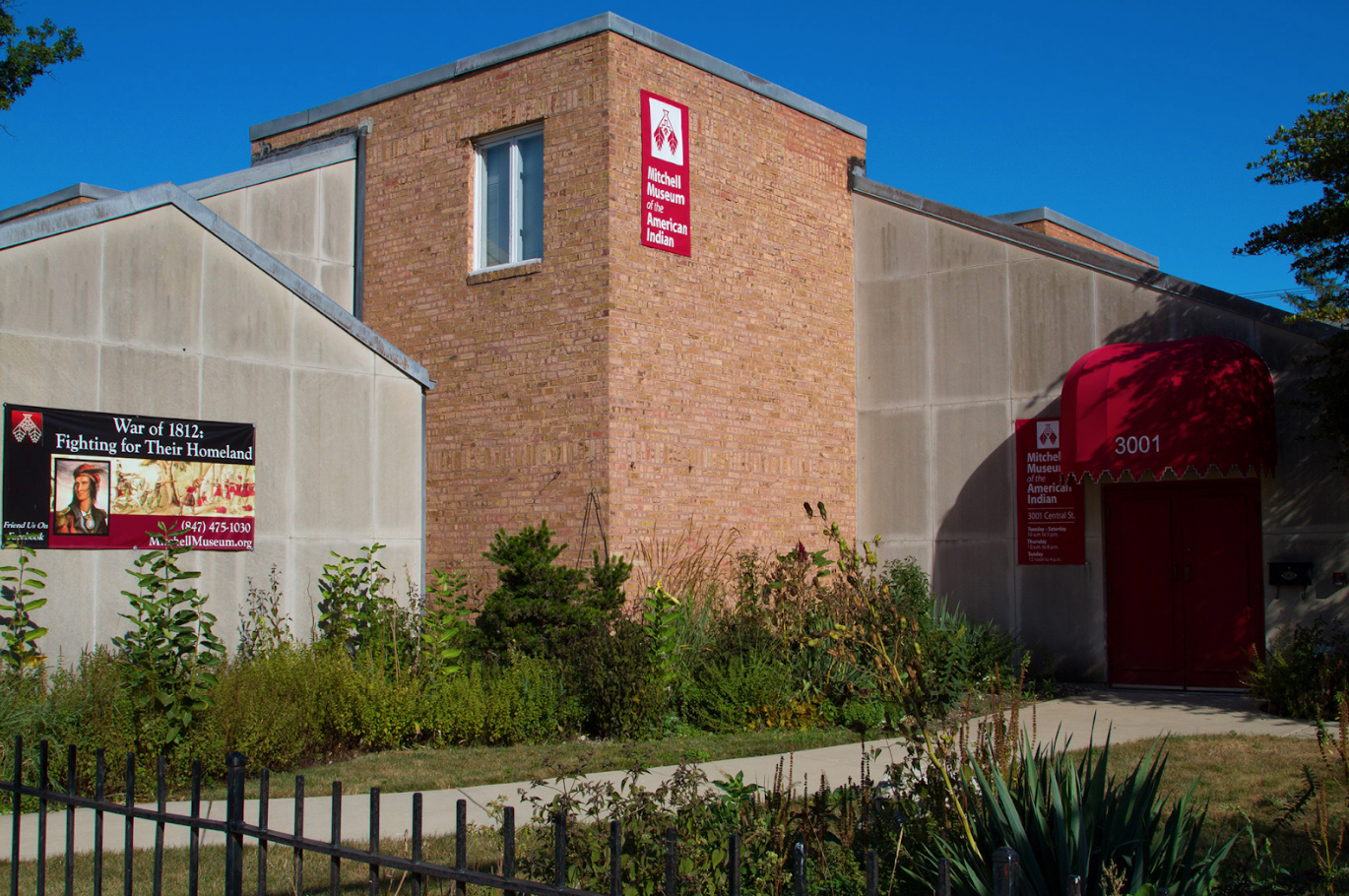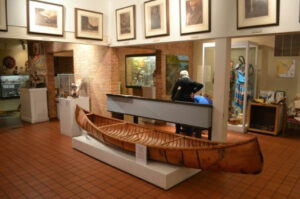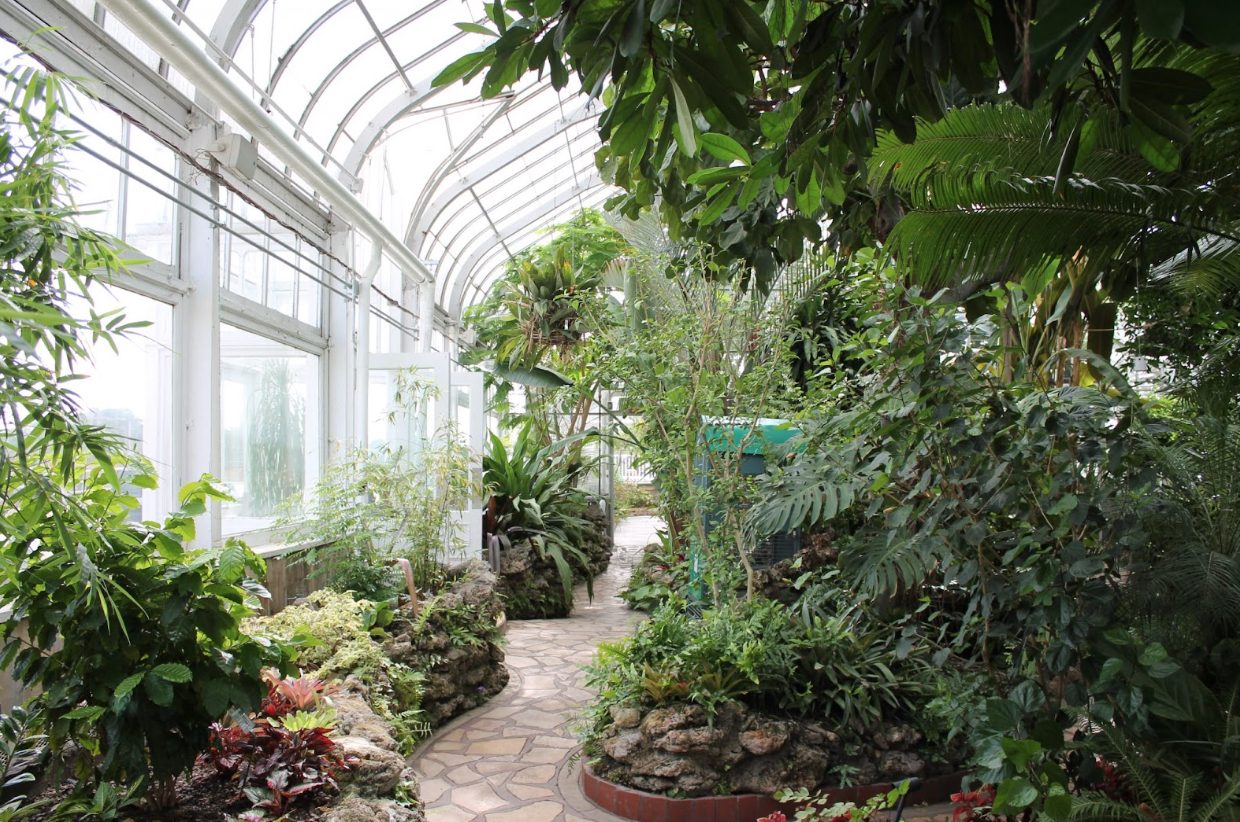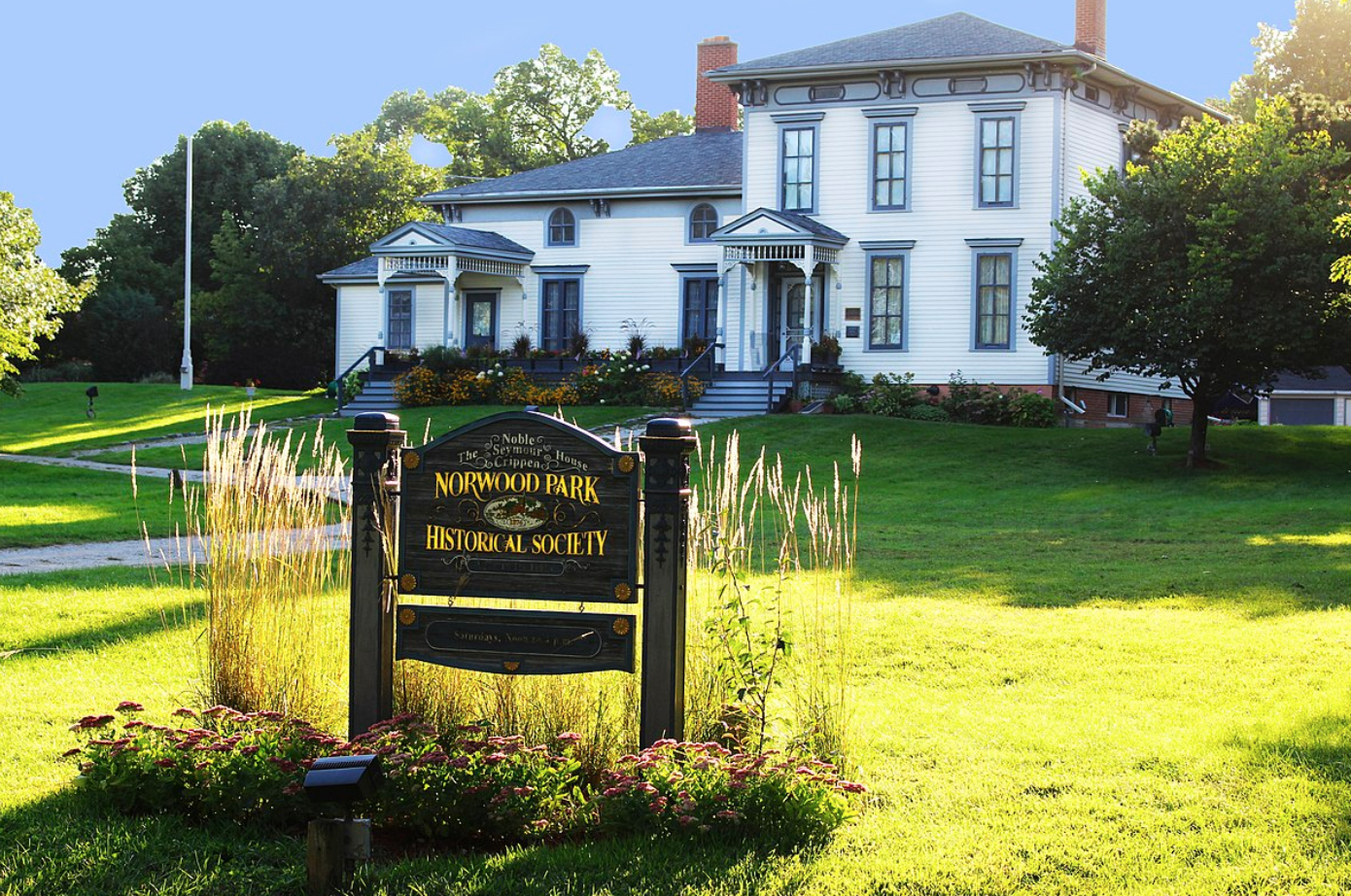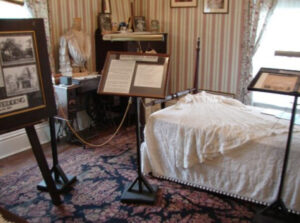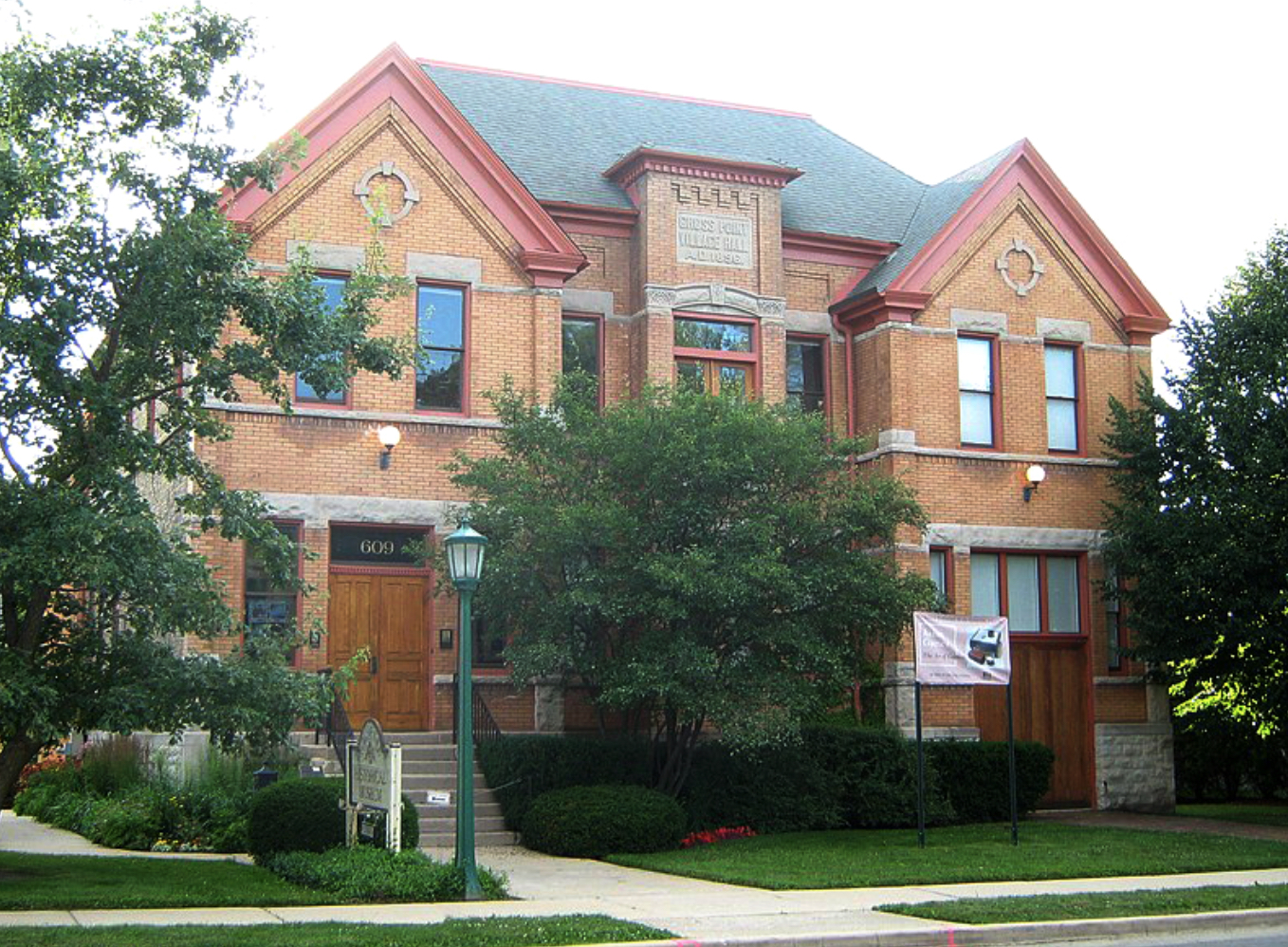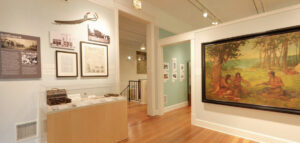As Chicago’s architectural landscape continually evolves, the fifth edition of the Chicago Architecture Biennial offers a fresh, reflective look into the heart of urban transformation. Beginning September 21, 2023, CB5 invites locals and visitors alike to participate in a series of immersive events and discussions. Here’s what you can expect from the 2023 Biennial This Is a Rehearsal.
Diving into this year’s theme, This Is a Rehearsal, serves as an exciting reminder that cities, much like the instants of life, are in endless evolution. Through this lens, CB5 emphasizes the importance of continuous dialogue, trial, and reinvention in urban designs. CB5 explores how countries around the world share political, environmental and economic issues and how each may address them differently through art, architecture and public involvement. It’s not just about the buildings but the stories they tell and the communities they foster.
Floating Museum, a Chicago-based arts collective, is the lead artistic team behind CB5, pushing boundaries and charting new territories in urban discourse. Their integrative approach promises an engaging mix of conversations, challenging conventions, and setting the stage for tomorrow’s architectural landscape. CB5 expands on Floating Museums’ existing beliefs and work, all exploring the relationships between the built environment and ourselves.
With over 80 contributors from Chicago and the global stage, the Biennial is a testament to diverse, inventive thought. The contributors, ranging from artists and architects to educators and thinkers, breathe life into various corners of the city, from Lakeview’s artful streets to North Lawndale’s historic boulevards. It’s more than just an exhibition; it’s a city-wide celebration of innovation.
Local contributors include Grow Greater Englewood, Urban Growers Collective, Project Onward, the Poetry Foundation and the Southside Community Art Center. Contributors from around the United States and the globe include Storefront for Art and Architecture, the Buell Center at Columbia University, SpaceShift and Stoss Landscape Urbanism.
Marking its commencement on September 21st, the Biennial unfolds various installations across the city. A special opening celebration is slated for November 1st, showcasing extensive exhibitions at renowned locations like the Chicago Cultural Center and the Graham Foundation. The programs invite viewers to engage in conversations around food and material production, water reclamation and discussions around construction and power in relation to land use and rights. Whether you’re a seasoned architect, a design enthusiast, or just a curious mind, there’s something for everyone.




